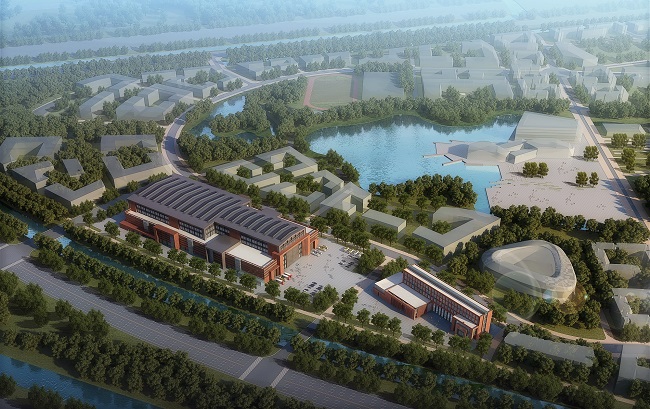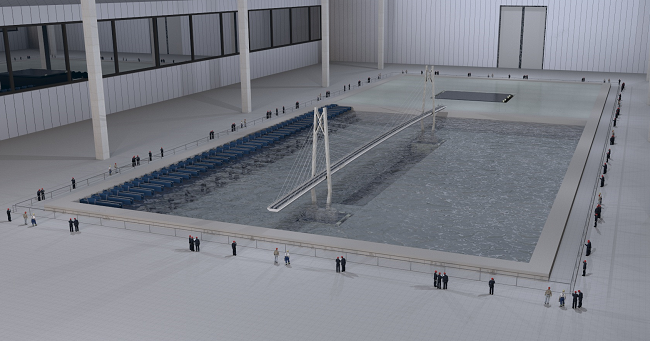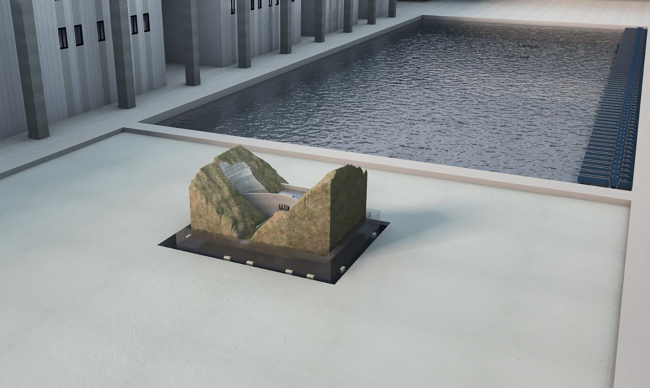Tianjin University will take the lead in building the world’s largest earthquake engineering simulation research facility, a project recently approved by China’s National Development and Reform Commission. It will be China’s first major scientific and technological facility in earthquake engineering simulation and will also constitute a major national technological facility to be established in Tianjin with total investment predicted to exceed RMB 1.5 billion ($US 220 million). Tianjin University, with its rich experience and strong expertise in the construction and management of scientific research facilities, will take the lead in this project.

The project facilities will be built at the Peiyangyuan Campus of Tianjin University. Covering 77,000 square meters, it will take five years to complete. Professor Zhong Denghua, Tianjin University President and lead scientist of the project said: “The construction of the facility includes three major systems: an earthquake engineering simulation test system, a high-performance computing and intelligent simulation system and a test supporting and sharing system”.
According to President Zhong, the project involves numerous fields and multidisciplinary areas, such as: water conservancy engineering, civil engineering, ship and ocean engineering, mechanics, control science and engineering, mechanical engineering, precision instrument science, computer science, materials science and engineering, and disaster prevention and safety. Tianjin University boasts a long history and a well-established academic foundation. Its complete range of academic disciplines, strength in scientific research and rich experience in constructing and managing numerous scientific research facilities, including four National Key Laboratories, will guarantee the successful construction of this large research facility.

Upon completion, the earthquake engineering simulation research facility will be the world's largest and most powerful facility of its type. The construction of such a large-scale research facility is expected to make an important contribution to the progress of China's engineering science and technology and play an important role in ensuring the safety of major projects. With the advancement of science and technology and growing social needs, there are an increasing number of major projects such as high-rise buildings, cross-sea bridges, large-scale water conservancy and hydropower projects, super-long tunnels, submarine pipelines, offshore wind power plants, offshore platforms, and large nuclear power stations in China. The seismic safety of these major projects places an urgent need for large-scale earthquake engineering simulation research facilities. Xie Lili, an Academician of the Chinese Academy of Engineering and Honorary Director of the Engineering Mechanics Research Institute in the China Earthquake Administration (CEA), pointed out that the poor seismic resistance of engineering structures in the event of seismic disasters is the major cause of casualties, property losses and is a barrier to future development. Therefore, an essential step is to find the seismic weaknesses of engineering structures and then improve their ability to withstand earthquake impacts.

An earthquake-simulating shaking table is an effective test platform for seismic simulation research. Numerous shaking table facilities exist worldwide today, although most are relatively small, and with limited experimental functions, unable to ensure engineering security or service in the event of an earthquake and unable to simulate the load effect of earthquakes and other types of disasters simultaneously. The earthquake engineering simulation research facility led by Tianjin University will build an earthquake simulating shaking table of a larger scale and load capacity and a shaking table array test device capable of simultaneously simulating the coupling of seismic and underwater wave currents. After the completion of the facility, it will greatly enhance the innovation capability and level of engineering technology in China.
Large scientific devices tend to reflect the innovation potential of a country. After the completion of this large-scale earthquake engineering simulation research facility, it will be open to the whole world, and facilities, data and results will be shared. It will attract more scientists and engineering experts from around the world to work together to contribute to the development of science and technology.






